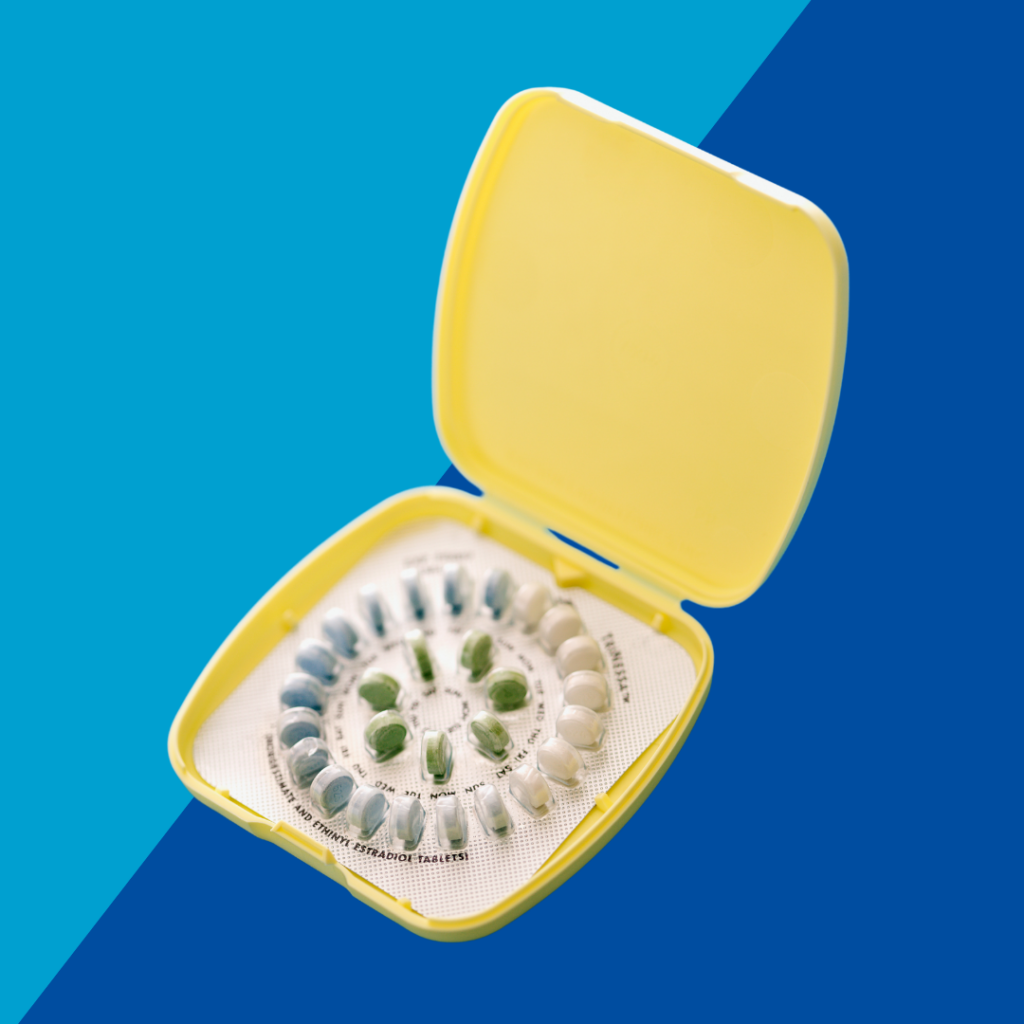Birth Control Series: Condoms

Pills and rings and shots…oh my! Although the number of FDA-approved birth control methods continues to increase, there seems to be one type of contraceptive (i.e. birth control) that has stood the test of time. That’s right…condoms! Now, you might be thinking, “What makes condoms so special? Should I use condoms?” Only you can answer the second question. However, I will provide some information about condoms (including pros and cons) that may help you decide if condoms are for you.
Who am I?
Before we dive in, you may be curious about who I am and why I am writing about condoms. Well, I am a medical student who is interested in pursuing a career in reproductive health, but more importantly, I am someone’s child, a sibling, a friend, and a romantic partner. Hopefully, you can relate to at least one of these roles because I believe relationships are at the heart of the human experience. I am also a firm believer in knowledge being power. As a Black woman who grew up in a Christian home where sex was not discussed in much detail, I think it is important for people to talk freely and unashamedly about birth control methods. I also think it is important for people to feel sufficiently informed to make confident decisions about family planning and sexual health.
History of Condoms
Exactly when and where the first condom was used has been debated by historians and archaeologists. It has been argued that the Ancient Egyptian and the Ancient Roman civilizations used some form of condoms. Many years later, in the 1500s, the Italian anatomist Gabriele Falloppio presented the idea that condoms can be used to prevent the contraction of syphilis. He tested this idea by using linen sheaths on more than 1000 males. None of them became infected. Believe it or not, condoms were typically made from the intestines of animals such as sheep, calves, and goats until the mid-1800s.
Types of Condoms
It is safe to say that condoms have changed significantly since these earlier time periods. Even if you decide to use a condom, the choices may still seem overwhelming: latex vs. polyurethane, condoms with spermicide vs. condoms without spermicide, standard thickness vs. thin or ultra-thin, or even external condoms vs. internal condoms.
Let’s start with differentiating between external and internal condoms. Due to their widespread use, people typically assume you are talking about external condoms when you mention condoms. An external condom is worn over the penis during sex. It is a thin layer of latex, plastic, synthetic rubber, or natural membrane. On the other hand, an internal condom is used in the vagina or anus during sex. It is a thin pouch made of nitrile, a synthetic latex product.
Pros
There are advantages to using both external and internal condoms:
- They are the only birth control method that helps to prevent the spread of sexually transmitted infections (STIs). This is one reason why condoms were used over hundreds of years ago. Limiting the spread of sexually transmitted infections (STIs) saves people’s lives! This advantage over other birth control methods makes it worth considering as a primary or even as a back up form of birth control if you are already using another method (such as the ones listed here) for pregnancy prevention or to manage a health condition.
- They are typically the most affordable and easily accessible. Condoms can be found in many places including convenience stores, local pharmacies, and supermarkets. External condoms cost about $1 each and can be more or less expensive depending on the quantity in the box. Internal condoms cost about $2-$3.50 each. Health clinics, school-based health centers, and family planning clinics may even offer condoms for free!
- They have no side effects. The exception would be if you have a latex allergy or sensitivity. However, non-latex forms of external condoms or nitrile internal condoms can typically be bought from the same locations as latex condoms.
Now, before you rush out to buy as many condoms as you can afford, here are some disadvantages you might want to consider.
Cons
- Their effectiveness at preventing pregnancy can be highly variable. If you do not use condoms properly or if they accidentally tear or slip during sex, their effectiveness decreases significantly. Out of 100 external condom users with typical use over one year, between 13-18 users will become pregnant—an efficacy rate of about 85%. Out of 100 internal condom users with typical use over one year, about 21 users will become pregnant—an efficacy rate of about 79%.
- You or your partner may experience reduced sensitivity during sexual intercourse. Some people who use external condoms are unable to stay erect or feel reduced amounts of pleasure. Companies have developed different types of external condoms such as textured condoms that are ribbed or studded to help enhance the sexual experience.
- They must be used every single time you have sex in order to effectively protect against STIs and prevent pregnancy. For some, having to always stop before things start to really heat up can ruin the mood. If that is the case, you could try thinking of ways to make the act of putting on a condom sexier.
- They can only be used with water-based or silicone lubricants. Oil-based lubricants can damage the condom and make it easier for them to break.
Ultimately, condoms can prevent pregnancy and the transmission of sexually transmitted infections (STIs). However, you do have to make sure you and your partner know how to properly use them and can still enjoy the experience. If you arstill not sure whether you want to give condoms a try, that’s okay! ICAN! is here to help. Please visit ICAN!’s Birth Control Options page or go ahead and take ICAN!’s Birth Control Quiz to help you decide what options are best for you!
By Bridget Neal




